(Please bear with my longish post. I am genuinely looking for feedback.)
My wife and I are potentially looking at building a home and, among other things, home automation, whole home audio and multi-zone intelligent HVAC are high up on my list of inclusions. Looking around at what is out there I was unable to find anything that really suited my desires. I think that is mainly because of the fact that I do not want to have significant room for expansion/change and I want one system to control everything.
To that end, I have been looking at the feasibility of "rolling my own" unified control system. It does appear to be feasible and would be practical for my own use. What I most curious about is its potential commercial potential. i.e. Would it be something that the consumer would be interested in?
(n.b. The majority of this idea focuses around, but not exclusive to, home HVAC. While there is an HVAC forum, due to the fact that there would be substantial difficulty and expense in retrofitting I felt it would find the most appropriate and interested audience in the new home forum.)
My proposed system would contain 3 major parts:
A main interface panel
A computer
Wall units
Features/Functions
Main Interface Panel (MIP):
The MIP would contain multiple microcontrollers and act as the central wiring point and perform the actual sensing, control and monitoring of the home. It would be connected and/or interfaced to the computer, wall units, lighting control, HVAC, audio switch and other systems. The MIP would have some level of intelligence and be very expandable. The MIP would be able to provide basic level HVAC control in the event of the computer failing.
Computer:
The computer would be either a completely separate unit or housed in the same unit as the MIP. Pros and cons exist for both methods, however its role would be same regardless. The computer would contain all of the advanced logic that controls the system. It would also provide for remote interfacing capabilities (i.e. web, tablet, smart phone, etc.) This is where the true brains of the system would reside.
Wall Panels:
Wall panels would analogous to current thermostats and audio control panels. These could range from very simple (a few buttons and basic display) to very complex (full touch screen) and would connect to the MIP. Additionally the wall panel could house additional sensors.
Functionality:
-Audio control via IP or serial.
-Multiple sensors (temp, humidity, inside, outside, doors, windows, etc. Essentially, anything that one would want to monitor, could be monitored.)
-Multiple control outputs via relays. With a relay, anything that has an on/off state could be controlled.
-Variable speed control (varible speed fans in air handlers, for example.)
-Most anything else
-Granular programmability
-Extensibility
-2 to 20 (or more zones)
-All inputs and outputs are assignable. (No forced groupings of ports to zones.)
I know the list of functionality seems kind of vague, so here on some of the functions that I see the system performing:
Intelligent Heating/Cooling: Assume all zones are set to 70F and the dead band is 2F. (Heat comes on below 68F and goes off at 72F.) Zone 1 crosses to 67F. Instead of just turning on Zone 1 heat and waiting for another zone to cross the threshold, All the other zones are checked. If Zone 2 is at 69, it will also be supplied with heat.
Complex Conditions: Instead of just taking the temp from the wall unit, various other sensors and data could be used. An average (weighted or not) of floor, wall and ceiling temps could be used. Humidity (internal or external) could be used. Outside temp and/or humidity could be used. Various and complex if/then conditions could be checked.
Intelligent Pre-Heat/Cool: As the system would be monitoring the internal temp/humidity/etc, it could also monitor external values as well. Based on historical information of inside temp, outside conditions and defined arrival/wake-up time the system would know that is takes X minutes to bring the space to the desired temp. The system would then turn on the heating/cooling at T-X, where T equals the arrival home or wake-up time.
Outside Air: (Note, I do not know if there are any code issues surrounding this.) With the use of dampers and outside supply and exhaust, the system could be used to bring in fresh air. This could be done continuously at a low level (particularly spring/fall) or as a defined time to clear out a stuffy room. Another function that I see as a benefit to the kitchen would be an "Evac" mode, where only the kitchen dampers are opened and the fan runs at full speed bringing in outside air to clear out smoke from a something burning in the oven. (This would not be to fight a fire, but would be when there is too much smoke for the range hood.)
Huge level of phyiscal expandability would be available. There could be a over 250 wired wall panels and a total of over 2000 sensors/inputs/outputs.
These are just a few of the things that I have come up with. What I am looking for from the GW community is 2 two things.
1. Is this potentially something you would be interested in? If you would be, at what price point?
2. What types of features/functionality would you like to see? (Please give me anything/everything no matter how trivial or grandiose. While the idea may not be practical in and of itself, some aspects of it may be or it may spawn new, similar ideas.)
Thanks,
Jason
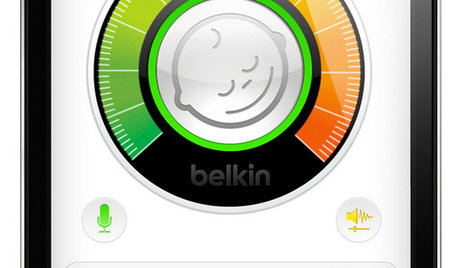
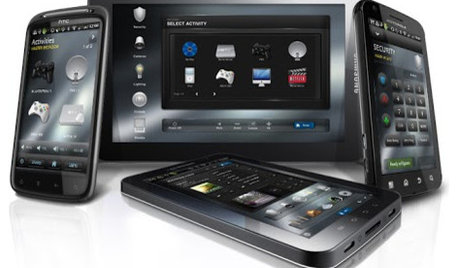
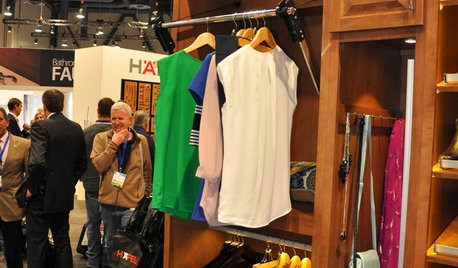
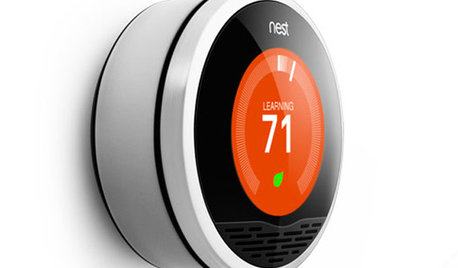
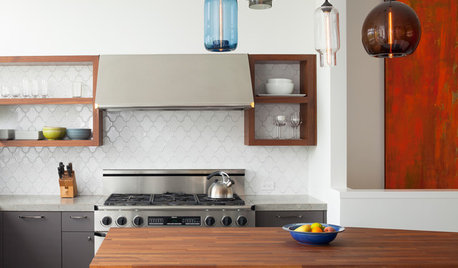
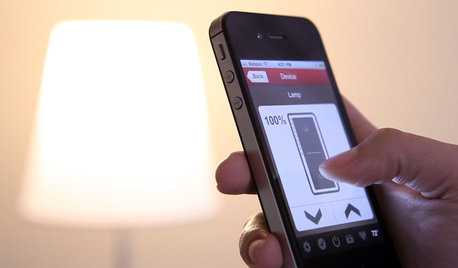
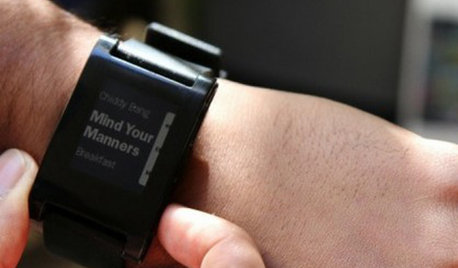
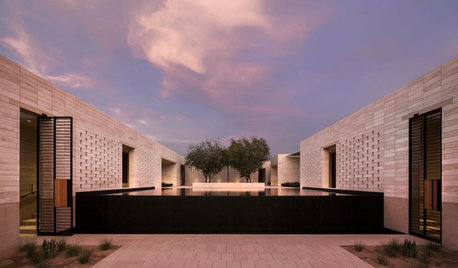

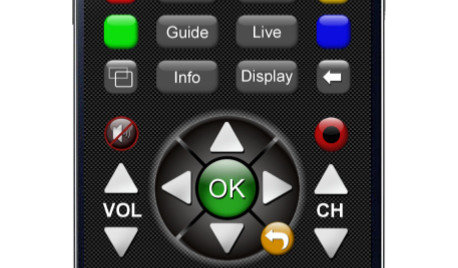




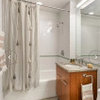

_sophiewheeler
schwefelOriginal Author
Related Discussions
Home Automation - Lighting Control Only
Q
Smart home / home automation with ductless a/c?
Q
Controlling pool from home automation system
Q
Landscaping Ideas for this MCM house? Front yard needs some control
Q
kirkhall
schwefelOriginal Author
Xclusive
david_cary
zone4newby
lazy_gardens
GreenDesigns
schwefelOriginal Author
brickeyee
galore2112
mrspete
zone4newby
nicinus
mrspete
zone4newby
nicinus
david_cary
doug_gb
brickeyee
nicinus
lazy_gardens
doug_gb
nicinus
shifrbv
ejflorea
doug_gb
flgargoyle
galore2112
bdslack
bdslack